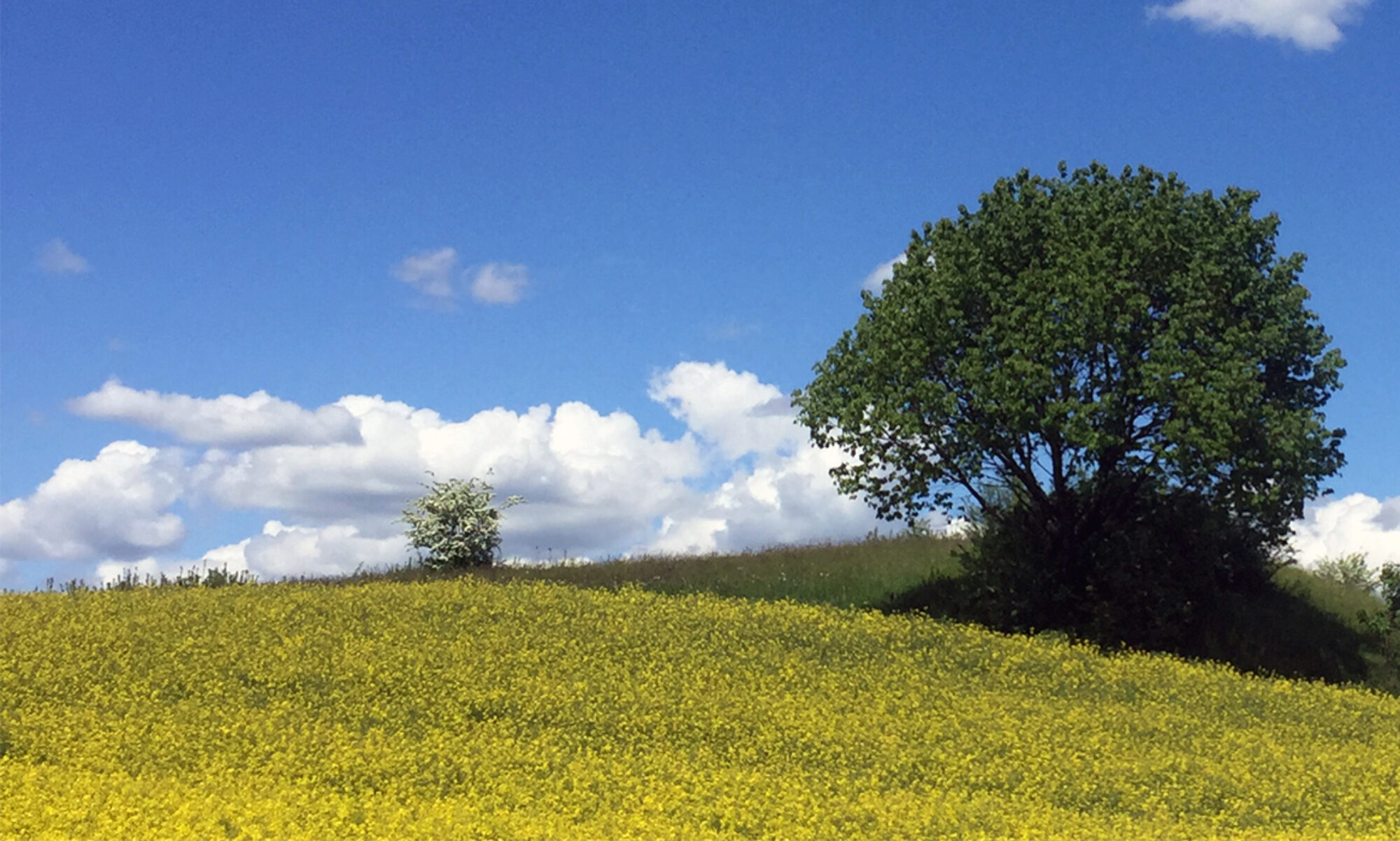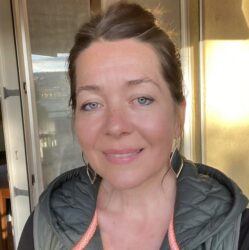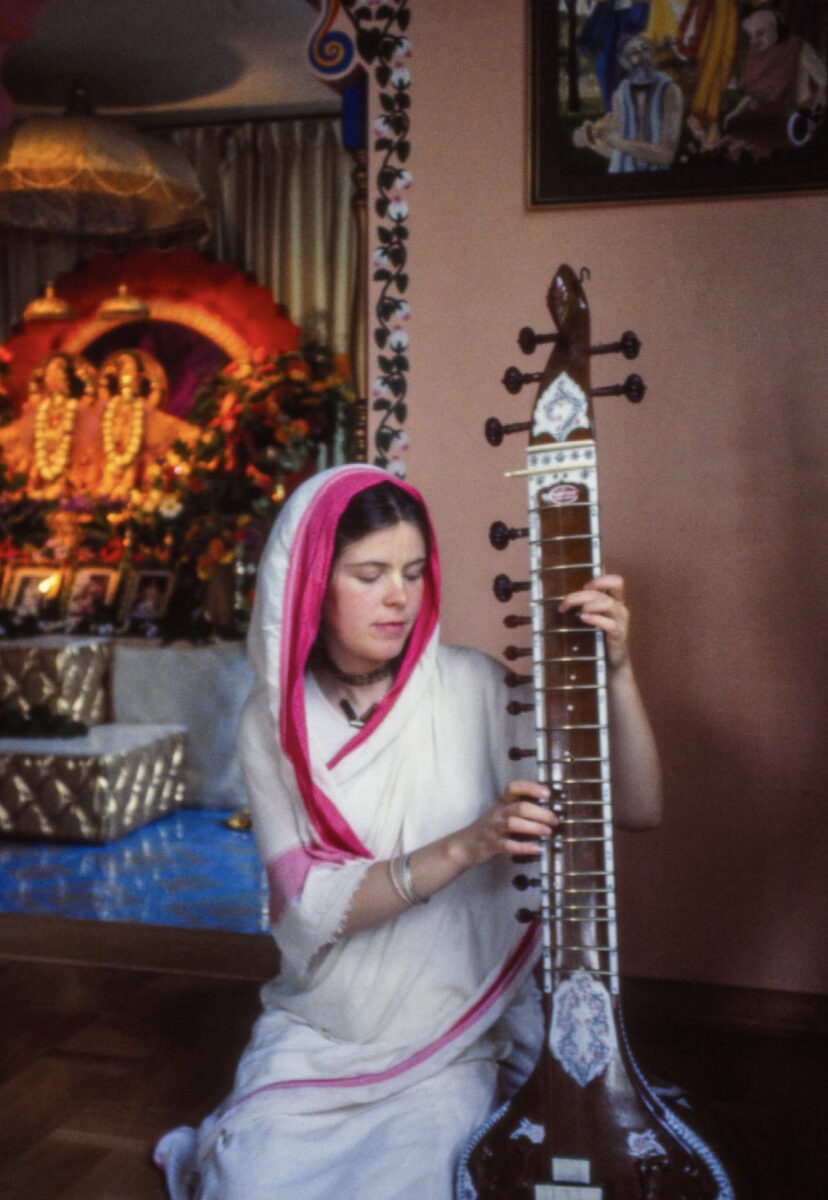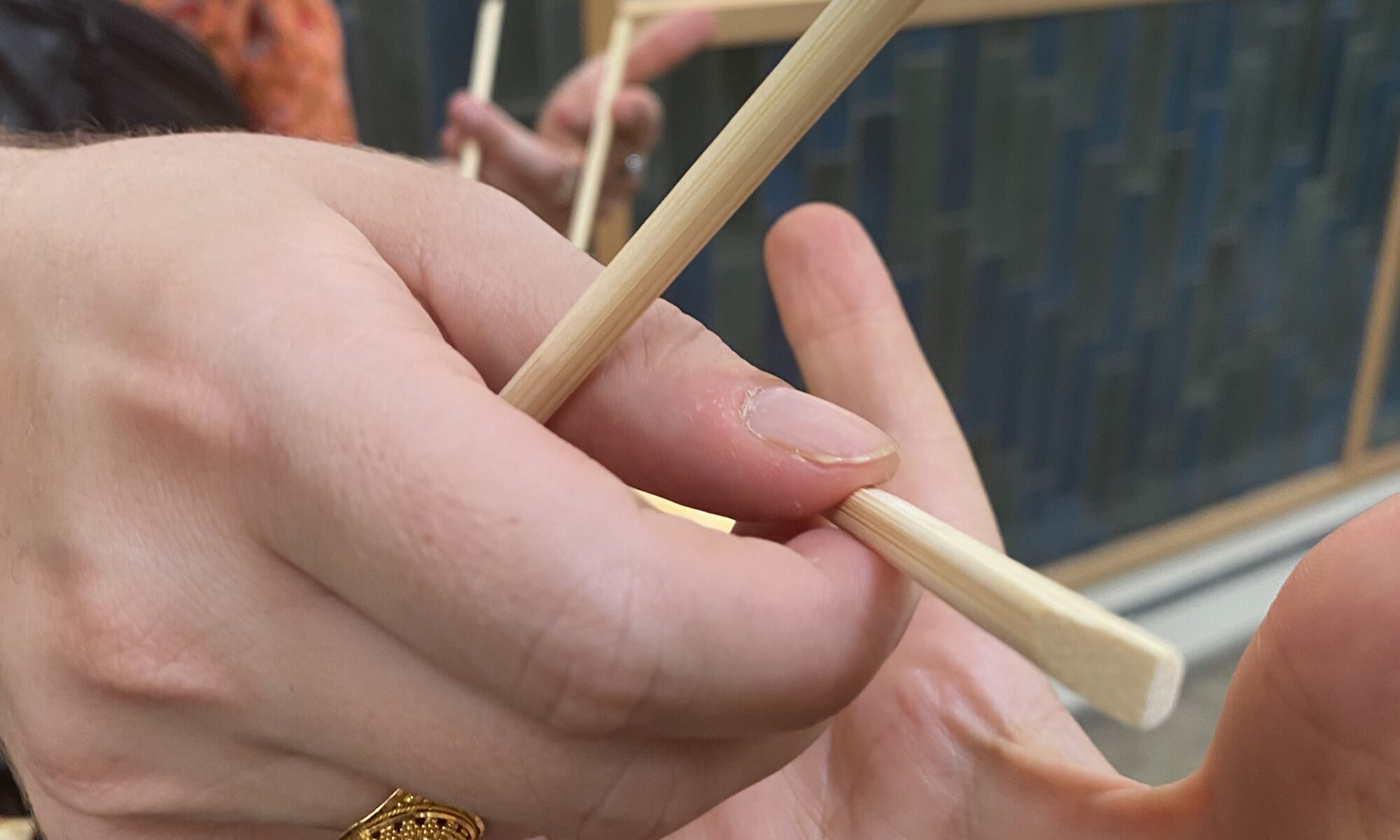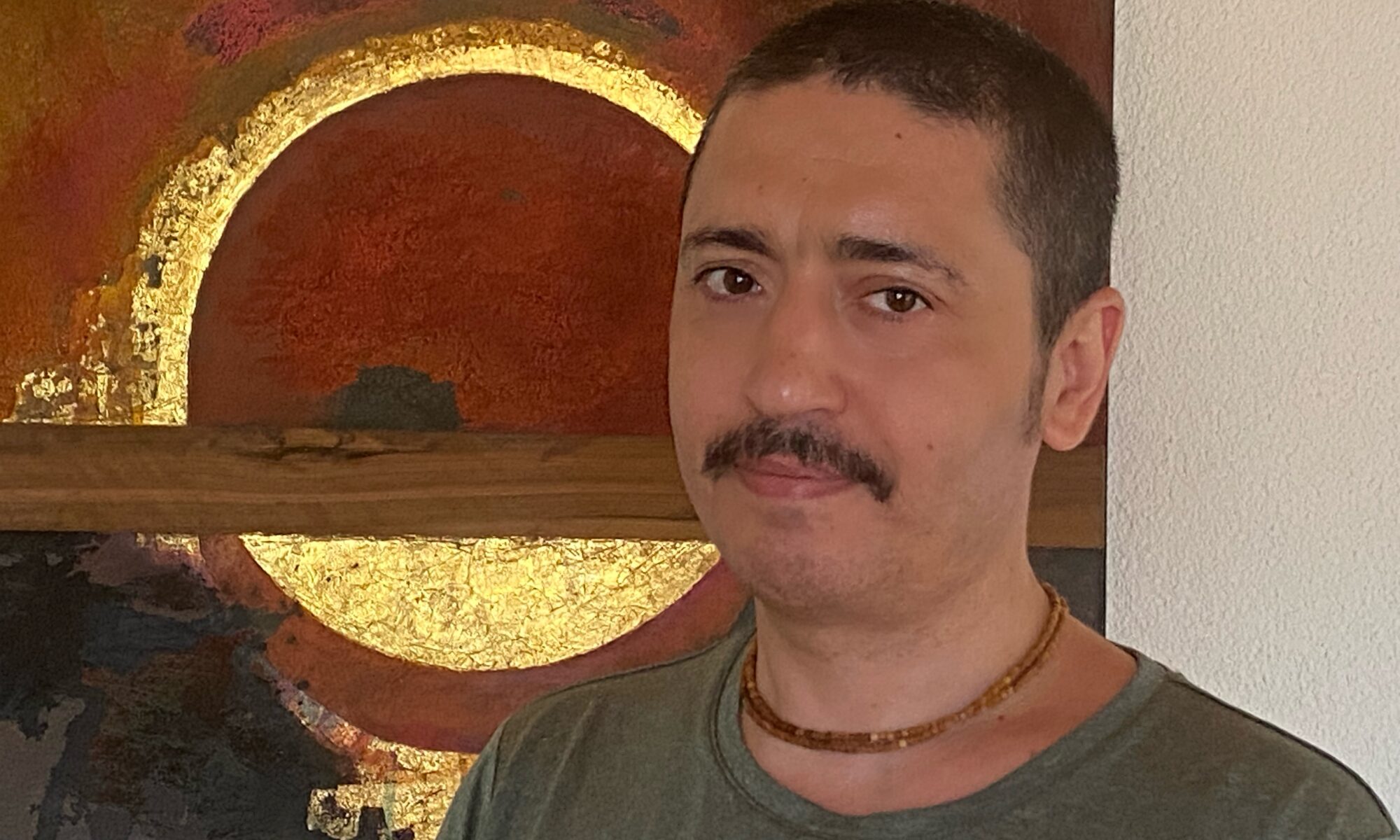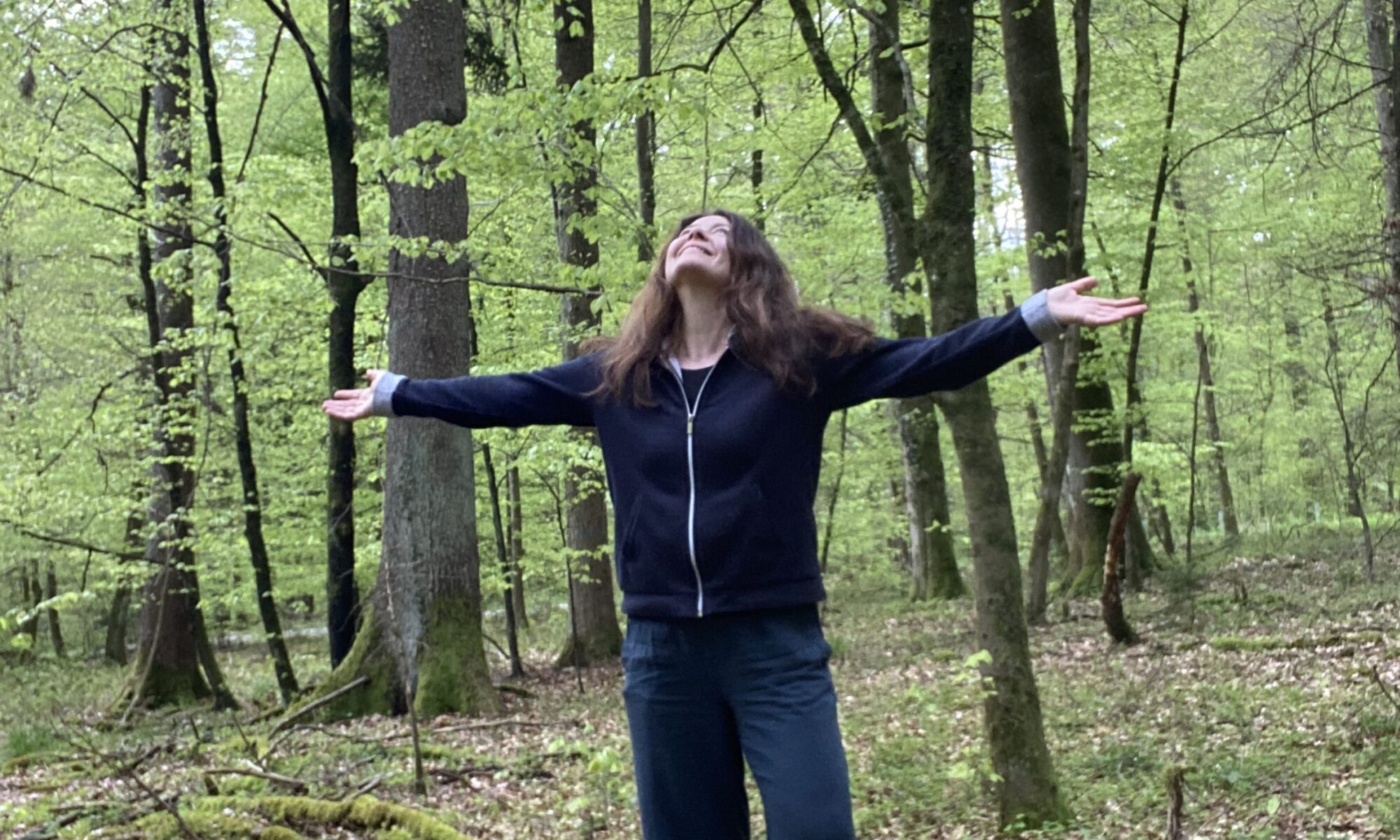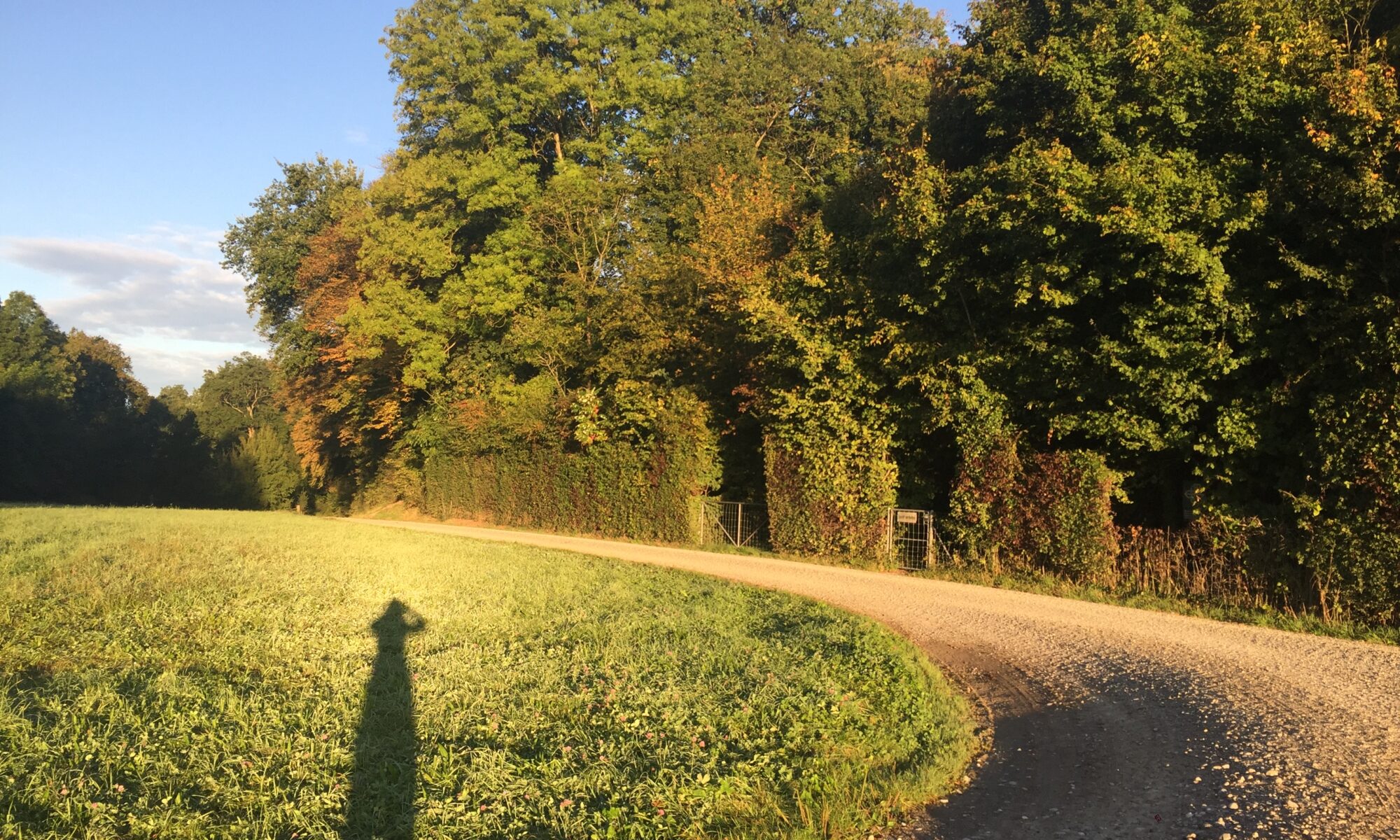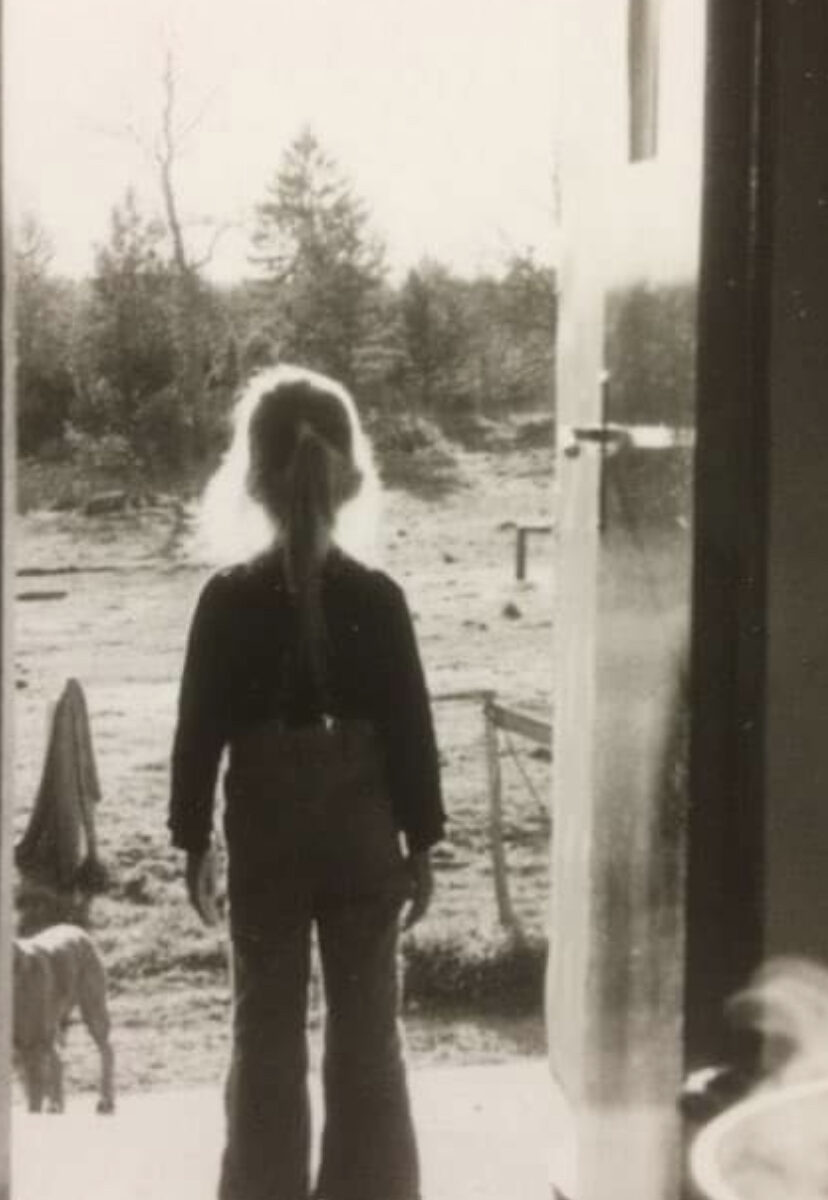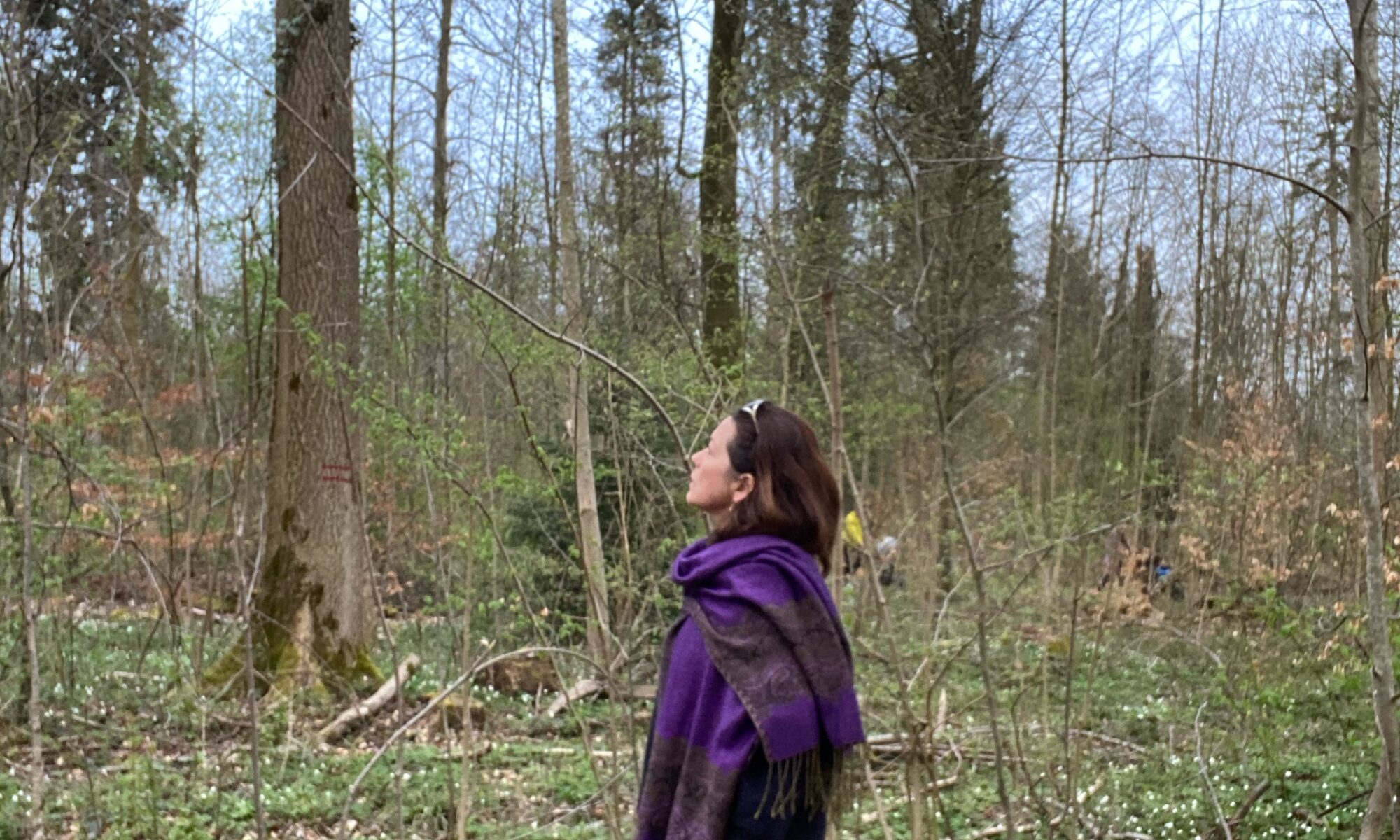Inner peace lies within — it’s something I often speak about, something I’ve preached for a long time. I’ve been on this path for years, working to examine my thoughts and uncover the reasons why certain outcomes keep repeating.
My understanding of myself has deepened through experience and through the teachings of Neville Goddard — teachings that, in the end, are about ourselves and who we believe ourselves to be.
For many years, I lived in an institution that left me feeling helpless. I used to speak constantly about my past, repeating the same stories I had endured throughout my upbringing. I identified so strongly with them that I believed that was who I was.
In the beginning, after I stepped out of that reality — the one where I was a Hare Krishna girl married at a young age — I felt a lot of anger and frustration. I didn’t know which reality to belong to, or what to identify with.
I had entered society — the so-called “real world” — with an open, innocent spirit, hopeful for a better life. I was finally free. But was I truly free?
Yes, on the outside. But inside, I still carried my conditioned way of seeing things.
It didn’t take long before my old doubts and low self-worth returned to haunt me. I found myself in situations full of chaos and drama — situations I couldn’t break free from because of my deep fear of rejection or of not being good enough.
I lived in a constant state of adjustment — always making sure others were comfortable, tending to their needs, and never claiming space for my own.
Looking back, I can now see that growing up in the movement did have beautiful aspects. I was fulfilled in ways many people never get to experience.
But I had to step away for a long time, because I had also been hurt — not by spirituality itself, but by the dogma and fanaticism surrounding it.
Though the movement emphasized that children should never be forced into spiritual practice, in reality, it was rigid, joyless, and imposed upon us.
I still remember walking into the temple for the first time at the age of seven. The air was filled with sweetness — a mix of fruit, flowers, and thick incense smoke. My mother spoke of the sleeping deities resting behind the curtains. I had no idea what that meant.
She gave me japa beads to chant the Hare Krishna mantra. I felt an immediate attraction to Krishna and all the divine figures I was introduced to.
Then, one day, she took me to the temple room to finally see the deities. I remember the sound of the bell, the soft chime, and how the curtain slowly opened.
There stood Caitanya Mahaprabhu and his brother Nityananda in ecstatic dancing poses, adorned with flower garlands and radiant with joy. Their faces were filled with bliss, and even as a child, I turned to my mother and knew — this was something meaningful.
It was 4 a.m., the sacred hour for meditation, and though waking that early was hard, I was grateful for the spiritual experiences I had.
Still, I had to face the damage caused by the rigidity — the cold, rule-based system that neglected emotional needs.
Years later, after leaving the movement at age thirty, I was disgusted. I wanted nothing to do with it. I rejected everything I had once known. I desperately wanted to be “normal,” to fit in with the rest of society.
Until that point, I had only known the inside world of the movement. I had to step out.
Today, I can see both the beauty and the pain of what I experienced. I understand now that practicing spiritual life doesn’t mean you understand spiritual life.
Many people live by the rules, dependent on the rituals they follow, yet remain disconnected from joy and meaning. That’s not fulfillment — that’s spiritual dependency. That’s fear.
True spirituality means walking with your own legs — not clinging to the chain out of fear of falling.
I carried many spiritual tools with me from childhood, but for a long time, I didn’t know how to use them.
Then I discovered Neville Goddard. His words helped me connect the dots: that everything is consciousness, and reality is shaped by how we perceive it.
There is no fixed world. We are the dreamers.
What we experience — the people, the stories, the emotions — all arise from our awareness. Just like our dreams at night, all the characters and situations we encounter are reflections of us.
Neville says, “Things have no reality other than in consciousness. Therefore, get the consciousness first, and the thing is compelled to appear.”
We can only perceive that which we are aware of.
So, who are we, really?
What is the reality we’re perceiving — right now?
And can we say that it’s truth when ten people beside us may be seeing something entirely different?
I was heavily influenced by how I was raised and how I saw myself.
Sometimes, I still forget who I truly am. My habit-mind clings to the old narratives and labels.
For a long time, I lived as a victim of my past.
But today, more often than not, I feel gratitude. Gratitude for the journey that brought me back to myself.
We’ve all lived through experiences that left their mark. But perhaps we can start seeing those moments not as things that broke us, but as the very things that shaped us.
Because in the end — I decide what I do with my story.
And so do you.
